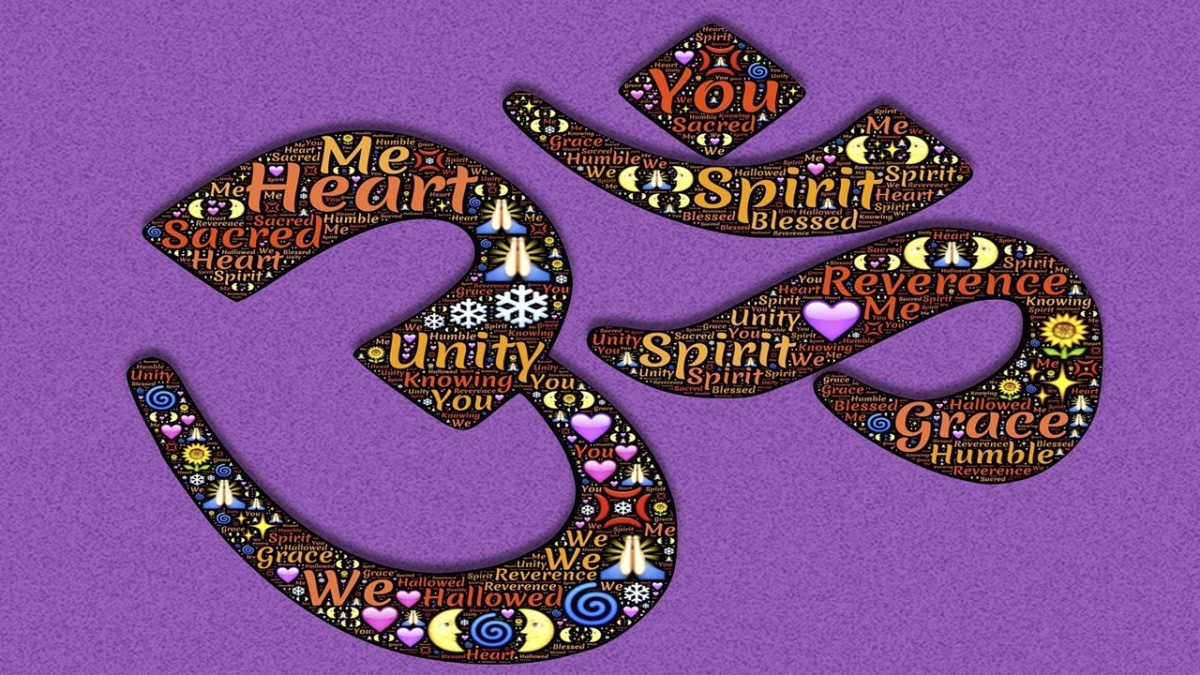Introduction
Amrita Bindu Upanishad is the twentieth among the 108 Upanishad in the Muktika Upanishad Order and forms part of Krishna Yajur Veda.
This Upanishad, being one of the five Bindu Upanishads (Tejo Bindu, Nada Bindu, Dhyana Bindu Upanishad, and Brahma Bindu) is one of the twenty Yoga Upanishads. The main teaching of this Upanishad is Jnana Yoga.
It is small Upanishad and contains only 22 verses.
The Bondage and Liberation
There are two kinds of Minds: impure and pure. The impure mind is with the influence of the desire and the pure mind is devoid of any desire.
When the mind attaches itself to the objects of desire, it leads to bondage; whereas when it is free from the influence of the objects of desire, it leads to Liberation.
The seeker should constantly free the mind from the influence of the objects of desire. It is for the reason that Liberation will become a reality only then.
The impediment for liberation or Mukti is desire. When freed from bondage, the Mind reaches the state of transcendence where Self does not exist. It is the mind that makes the bondage and it is the mind that liberates. Control the mind to reach that stage of transcendence.
This is wisdom as well as meditation.
One should not meditate this upon as it is a desire to get liberated. At the same time one should not restrict himself to meditate upon as there is no other way to get liberated. When one does this without any inclination becomes Brahman.
Om Meditation
According to Amrita Bindu Upanishad, one should combine this meditation with the mystic syllable Om. He should experience the state of transcendence beyond this syllable.
By the experience beyond the syllable, there comes a state of nonexistence. The very state is Brahman. That state is unbreakable, nondifferentiated, and uncolored.
On realizing I am that Brahman, one attains that state. Upon realizing the nondifferentiated, indefinite, seedless, immeasurable, and boundary-less state, the wise one gets liberated.
In that state, there is no creation or dissolution. There is no one who is in bondage or who is a novice or who is a seeker after liberation or who is a liberated one.
This is the ultimate Truth.
Atman
The Atman finds itself at any of the three stages: waking, dreaming, and deep sleep. When it transcends the three stages, there is no rebirth. Otherwise, it finds itself as one and many through life after life, like multiple moons in the water.
The ether is always there inside the pot, when one carries the pot from here and there. When the pot gets dismantled, ether is not there. Likewise is the Atman. Like the pot, it assumes various forms. On destruction, one does not know where is ether is. Similarly is Atman.
Atman surrounds itself with the darkness of the outer world of names and forms. Until the darkness is dispelled, one could not reach Atman. Only on the removal of the darkness, the oneness of Brahman becomes known.
Sabda Brahman and Transcendental Brahman
The sound of the mystic syllable is om. When sound decays, there exists the syllable. If the seeker wants the peace of Atman, he should meditate on that syllable.
There are two techniques; One is Sabda Brahman and the second is Brahman that transcends. He who has mastery over Sabda Brahman reaches the transcendent Brahman.
For the attainment of Transcendent Brahman, the seeker who has studied the scriptures should abandon the scriptures entirely, like a grain abandons the husk.
Though cows are different in color, the milk is always one color. The seeker should look upon the knowledge of Brahman as milk and people with various garbs as cows. The real knowledge abides in the being after being, as butter abides in the milk. He should always churn with churning tool of mind in every being.
With the eye of knowledge, one should attain the state of transcendental Brahman.
That transcendent state of uninterrupted, motionless, and tranquillity is “I” which dwells in all beings, though all beings dwell in that. I am that Vasu Deva. That Vasu Deva I am.
Thus ends Amrita Bindu Upanishad.
Om Tat Sat!

Nice work, All posts are really informative and enlightening. Thanks for sharing.
Thanks bro for your support.